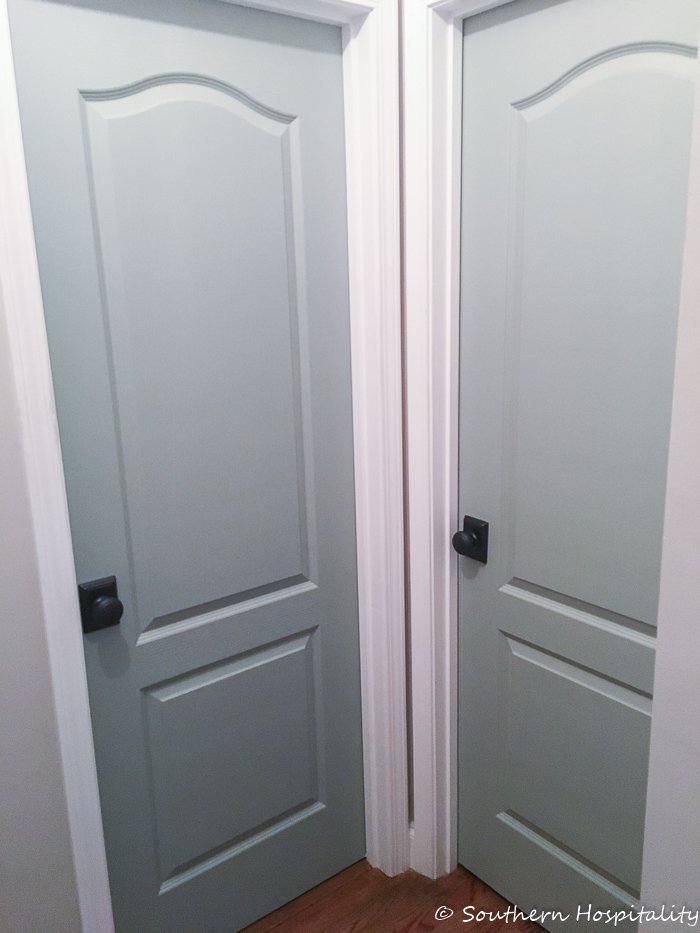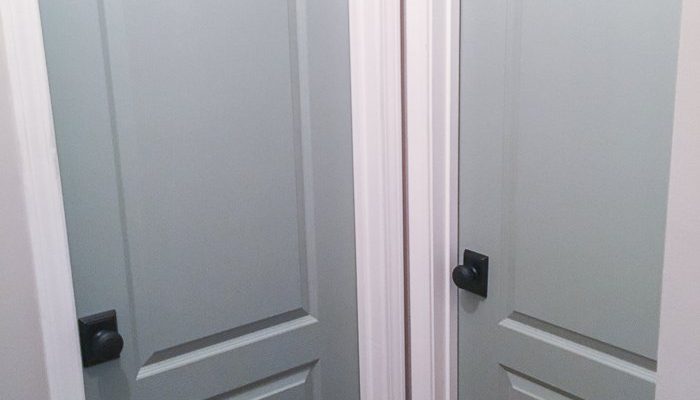
Now, you might be wondering how to get started on this seemingly small task. Thankfully, it’s not as complicated as it seems. In this guide, we’ll walk through the proper preparation and techniques to ensure your door hinges get the makeover they deserve. Whether you’re a DIY newbie or someone looking to add a personal touch to your home, this information will take you from bare hinges to beautifully painted ones with ease.
Why Paint Interior Door Hinges?
Painting interior door hinges can transform your doors in several ways. For one, it’s a quick and affordable upgrade that can make your space feel more cohesive and stylish. If you’ve recently painted your doors or updated your decor, matching the hinges can pull the look together beautifully.
Another reason to paint hinges is to protect them. Over time, hinges can rust or corrode, especially in humid areas like kitchens and bathrooms. A fresh coat of paint not only makes them look new but also acts as a barrier against moisture. It’s like giving your hinges a little raincoat! Trust me, taking this step can extend the life of those tiny yet vital components.
Gather Your Supplies
Before diving into the painting process, it’s essential to gather all the materials you’ll need. This preparation is akin to laying out your ingredients before starting a complex recipe. Here’s a basic checklist to get you started:
- Paint: Use a high-quality metal paint suitable for hinges.
- Sandpaper: Medium and fine grit for surface preparation.
- Primer: Especially if the hinges are rusted or you’re changing colors.
- Paintbrush or Spray Paint: Depending on your preference.
- Drop Cloth: To protect surrounding areas.
- Masking Tape: To cover areas you don’t want painted.
- Cleaning Supplies: Degreaser or soap and water.
You might already have some of these items at home, which makes this project even easier. The key is to ensure everything is ready before you start, which can help avoid any interruptions later on.
Preparing the Hinges for Painting
Here’s the thing: proper preparation is crucial. If you skip this step, your freshly painted hinges won’t last long. Begin by removing the hinges from the doors. This might sound intimidating, but it’s quite simple with the right tools—usually a screwdriver or a drill.
Once the hinges are off, give them a good cleaning. Use a degreaser or a mix of soap and water to remove any dirt, grease, or old paint. This is like washing your canvas before you paint. After cleaning, dry them completely.
Next, consider sanding the hinges. Start with medium-grit sandpaper and then move to fine-grit. This process will create a rough surface for better paint adhesion. Remember to wear a mask and work in a well-ventilated area to avoid inhaling any dust.
Priming Your Hinges
Priming hinges may seem like an extra step, but it’s well worth it. Priming can help improve paint adhesion, especially on metal surfaces. If your hinges are rusty or you’re switching to a lighter color, priming becomes even more critical.
Apply an even coat of primer using a brush or spray can—whatever you feel more comfortable with. Let it dry completely. While it may feel like the waiting is the hardest part, it’s essential for achieving a smooth finish.
If you can see any uneven areas or imperfections after the first coat of primer, don’t hesitate to give it a light sand and apply a second coat. Remember, a little extra effort now can lead to a finish that lasts longer and looks better.
Painting the Hinges
After priming, we’re finally ready to paint! Choose a quality metal paint that matches your door color or a contrasting shade for a fun pop. If you opt for spray paint, keep the can about 10-12 inches away from the surface. This distance helps create an even coat without drips.
Apply the paint in light, even layers. It’s better to do two or three thin coats than one thick one, which can lead to runs. If you’re using a brush, use long, even strokes to cover the entire hinge.
After your first coat dries, inspect for any missed spots or uneven areas. Touch up as needed. Once you’re satisfied with the coverage, let the hinges dry completely before reattaching them to your doors.
Reattaching Hinges and Final Touches
Now that your hinges are beautifully painted, it’s time to put them back on your doors. When doing this, make sure they’re properly aligned to avoid any issues closing your doors smoothly. You might want to get a friend to help you hold the door while you reattach the hinges.
After everything is back in place, step back and admire your work. You’ll be amazed at how such a small detail can significantly enhance the overall look of your space. If you’ve painted multiple hinges, consider giving each one a close inspection to ensure everything is aligned and functioning correctly.
Common Mistakes to Avoid
Even seasoned DIYers can run into a few bumps along the way. One common mistake? Skipping the cleaning step. If your hinges aren’t clean and dry, the paint won’t adhere properly, leading to chipping down the line.
Another pitfall is rushing the drying times. Each coat needs adequate time to dry before you apply the next one, so be patient. It might feel tedious, but trust me, it pays off in the end!
Lastly, don’t overlook your safety. Make sure you’re working in a well-ventilated area, especially if you’re using spray paint. Wearing a mask and goggles can protect you from inhaling fumes or getting paint splatter in your eyes.
Painting interior door hinges may seem like a small task, but it can make a big difference in the overall feel of your home. With proper preparation and the right techniques, you can easily breathe new life into these functional details.
So, the next time you ponder over a home improvement project, don’t forget about those hinges. Whether you stick with classic black, go for a trendy gold, or even a playful color, you’ll find that these tiny elements can add big style. Here’s to your freshly painted hinges—may they swing beautifully for years to come!
